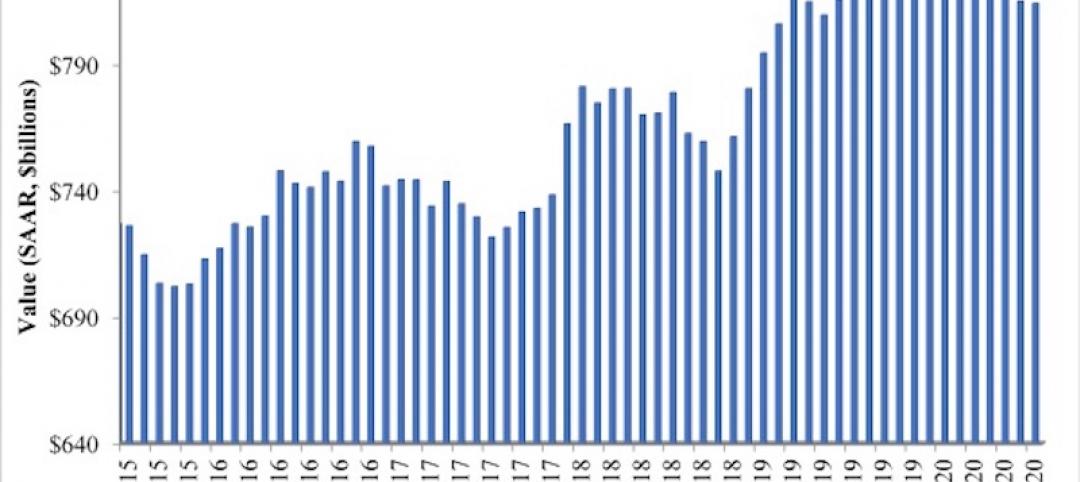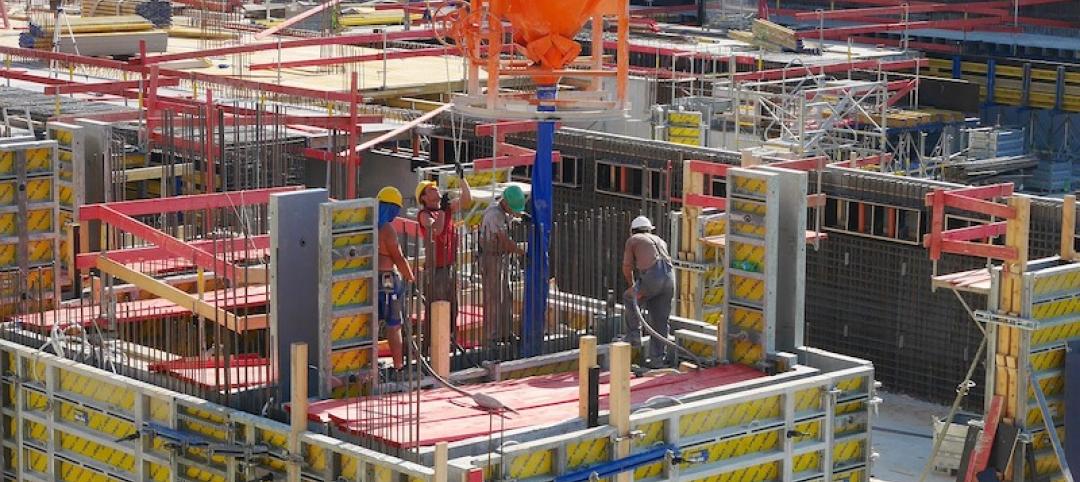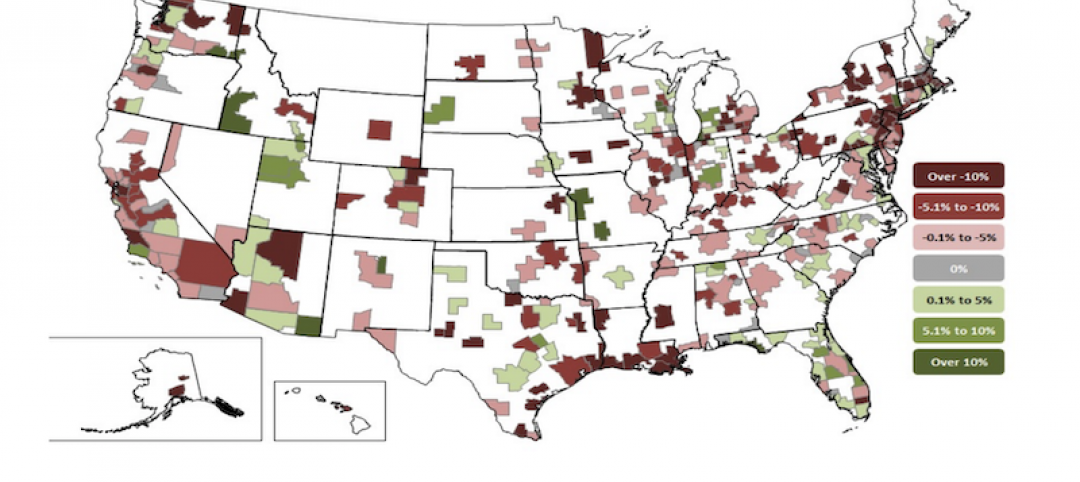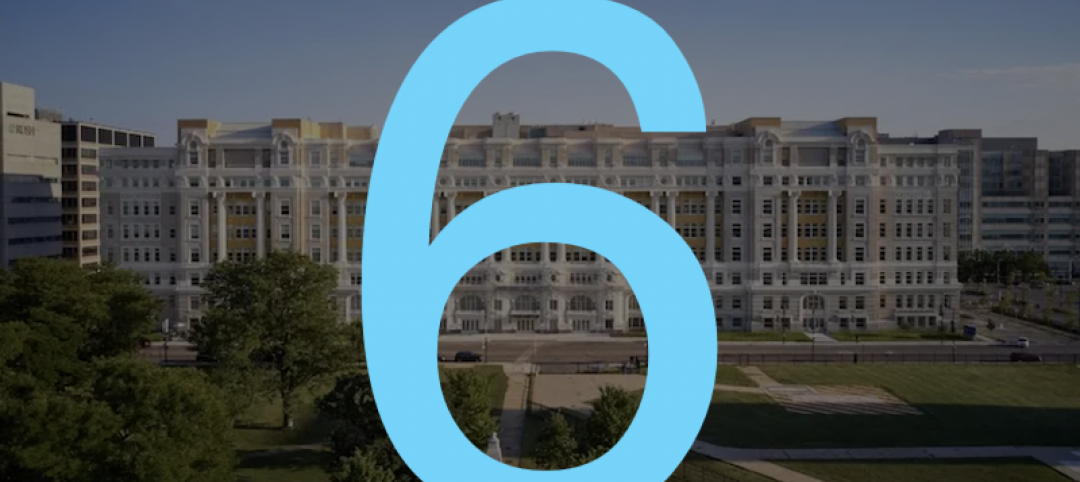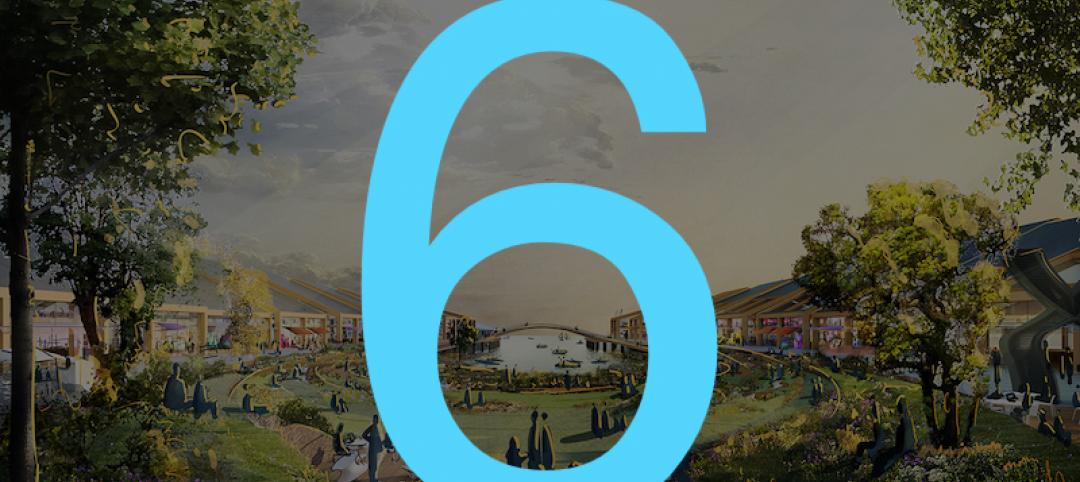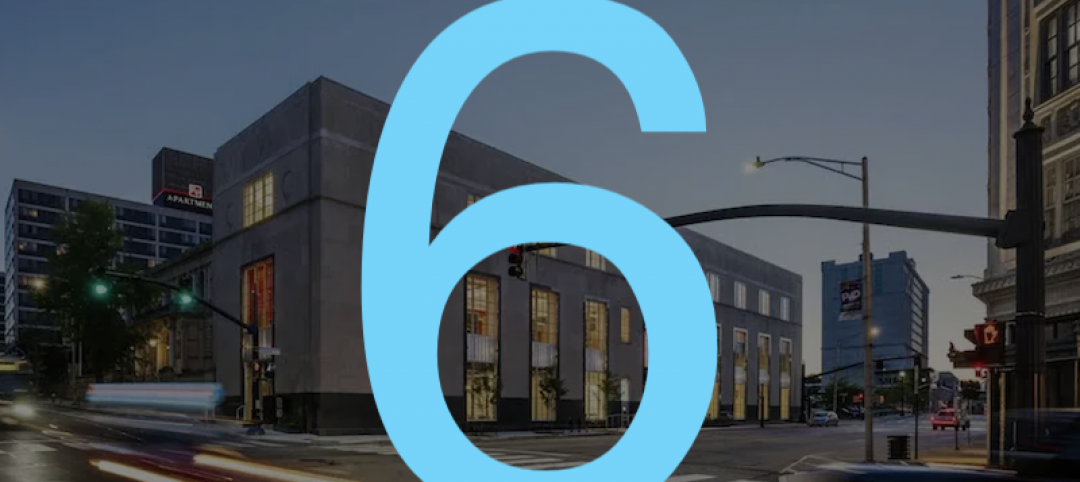The U.S. Green Building Council (USGBC) has released two new Safety First pilot credits as part of the LEED for Cities and Communities rating system. The new credits are designed to help local governments and development authorities better prepare for and respond to future pandemic events. The guidance includes strategies for planning, risk assessment and training, as well as evaluating equity implications and impacts to vulnerable communities. Between the increasing risks associated with climate change and the current public health crisis, the new LEED credits provide additional ways to integrate public health and social equity into sustainability and resilience efforts.
The Safety First pilot credits are part of USGBC’s economic recovery strategy introduced in May that centers around a reimagined vision that healthy people in healthy places equals a healthy economy. The new LEED credits, called Safety First: Pandemic Planning and Safety First: Social Equity in Pandemic Planning, are available to LEED for Cities and Communities projects.
“The key to a better future lies in our ability to create places that support human and environmental health,” said Mahesh Ramanujam, president and CEO of USGBC. “LEED-certified cities and communities are already moving in that direction and they understand that effective planning is critical to tracking performance and making improvements. The current pandemic is revealing new lessons every day and LEED’s Safety First pilot credits provide a roadmap for taking action and bringing a more integrated and inclusive approach to rebuilding a healthier economy.”
The Safety First: Pandemic Planning credit is intended to help cities and communities prepare for, control and mitigate the spread of disease during a pandemic that poses a high risk to people. The plan must include a task force representing diverse backgrounds that is responsible for evaluating possible impacts and advising decision makers on short- and long-term challenges. It must also identify risks and vulnerabilities to health by outlining historical, geographical, epidemiological and other factors, and assess preparedness. The plan evaluates healthcare system readiness, domestic response, incident management and other existing policies and procedures. Education and training for community partners and other stakeholders must also be included.
The Safety First: Social Equity in Pandemic Planning credit systematically considers equity implications across all phases of the pandemic preparedness, planning and response process. The local government or development authority must have a local equity officer in place and responsible for building equity into the structure of the emergency command and response system. The plan must also convene a Pandemic Community Advisory Group to gather input on an on-going basis and the group must reflect the demographic and socio-economic diversity of the city or community. Public communications, outreach and educational campaigns must also be included in order to share relevant information about the pandemic, public health and health care facilities available. Project teams are also encouraged to demonstrate how policy, procedures, infrastructure and facilities impact low income, vulnerable or at-risk groups.
In the U.S., the coronavirus is expected to reduce GDP by nearly $8 trillion through 2030 putting tremendous strain on local economies, businesses and people. Those losses will be even more acute when coupled with mounting costs associated with climate events. Last year, just 14 weather and climate disasters cost the U.S. more than $45 billion. LEED has long supported resilience planning and the new Safety First pilot credits expand those efforts to ensure local governments and development authorities are also planning for and considering public health threats and social equity challenges. As projects pursue the new credits, USGBC will collect feedback and refine the guidance.
These and other new LEED credits will be discussed during USGBC’s Healthy Economy Forum August 4-5. The forum will address a wide range of building sectors and examine how green building plays a role in ensuring people feel safe and healthy returning to buildings and spaces. The presentations and discussions will identify changes that may be needed in the short term and those that may be permanent while helping to rebuild the economy and replace unprecedented job losses. Registration for the virtual forum is currently open.
For more than 20 years, USGBC has defined global best practices for designing, constructing and operating sustainable, resilient and healthy buildings, cities and communities through LEED. LEED, or Leadership in Energy and Environmental Design, is the world’s most widely used green building rating system and promotes strategies that reduce environmental harm, enhance human health and support economic development. Third party verification systems like LEED encourage transparency and confirm that a project has met the highest sustainability standards. Nearly 200 cities and communities, and over 103,000 buildings and spaces are currently participating across nearly 180 countries and territories.
Related Stories
Market Data | Oct 5, 2020
Nonresidential construction spending falls slightly in August
Of the 16 nonresidential subcategories, nine were down on a monthly basis.
Market Data | Oct 5, 2020
Construction spending rises 1.4% in August as residential boom outweighs private nonresidential decline and flat public categories
Construction officials caution that demand for non-residential construction will continue to stagnate without new federal coronavirus recovery measures, including infrastructure and liability reform.
Market Data | Oct 5, 2020
7 must reads for the AEC industry today: October 5, 2020
Zaha Hadid unveils 2 Murray Road and the AEC industry is weathering COVID-19 better than most.
Market Data | Oct 2, 2020
AEC industry is weathering COVID-19 better than most
Nearly one-third of firms have had layoffs, more than 90% have experienced project delays.
Market Data | Oct 2, 2020
6 must reads for the AEC industry today: October 2, 2020
BIG imagines how to live on the moon and smart buildings stand on good data.
Market Data | Oct 1, 2020
Two-thirds of metros shed construction jobs from August 2019 to August 2020
Houston-The Woodlands-Sugar Land and Brockton-Bridgewater-Easton, Mass. have worst 12-month losses, while Indianapolis-Carmel-Anderson, Ind. and Niles-Benton Harbor, Mich. top job gainers.
Market Data | Oct 1, 2020
6 must reads for the AEC industry today: October 1, 2020
David Adjaye to receive 2021 Royal Gold Medal for Architecture and SOM reimagines the former Cook County Hospital.
Market Data | Sep 30, 2020
6 must reads for the AEC industry today: September 30, 2020
Heatherwick Studio designs The Cove for San Francisco and Washington, D.C.'s first modular apartment building.
Market Data | Sep 29, 2020
6 must reads for the AEC industry today: September 29, 2020
Renovation to Providence's downtown library is completed and Amazon to build 1,500 new last-mile warehouses.
Market Data | Sep 25, 2020
5 must reads for the AEC industry today: September 25, 2020
AIA releases latest 2030 Commitment results and news delivery robots could generate trillions for U.S. economy.



